Maduro praises Venezuela’s military amidst ongoing tensions with U.S.
Venezuelan President Nicolás Maduro on Sunday praised the country’s armed forces as “invincible warriors” during a year-end ceremony honouring ...
Drones have become one of the most powerful tools in modern warfare, blending surveillance, precision, and long-range capabilities. In 2025, military unmanned aerial vehicles (UAV) are no longer just support assets — they are at the centre of global defence strategies.
Unmanned aerial vehicles (UAVs), commonly known as military drones, have revolutionised modern warfare. They provide advanced intelligence, surveillance, reconnaissance (ISR), and strike capabilities, combining precision, endurance, and stealth to reshape military strategy. From high-altitude observation to autonomous combat operations, drones allow nations to project power efficiently, minimise personnel risk, and operate across the globe.
Major Drones and Their Capabilities
1. MQ-9 Reaper (USA)
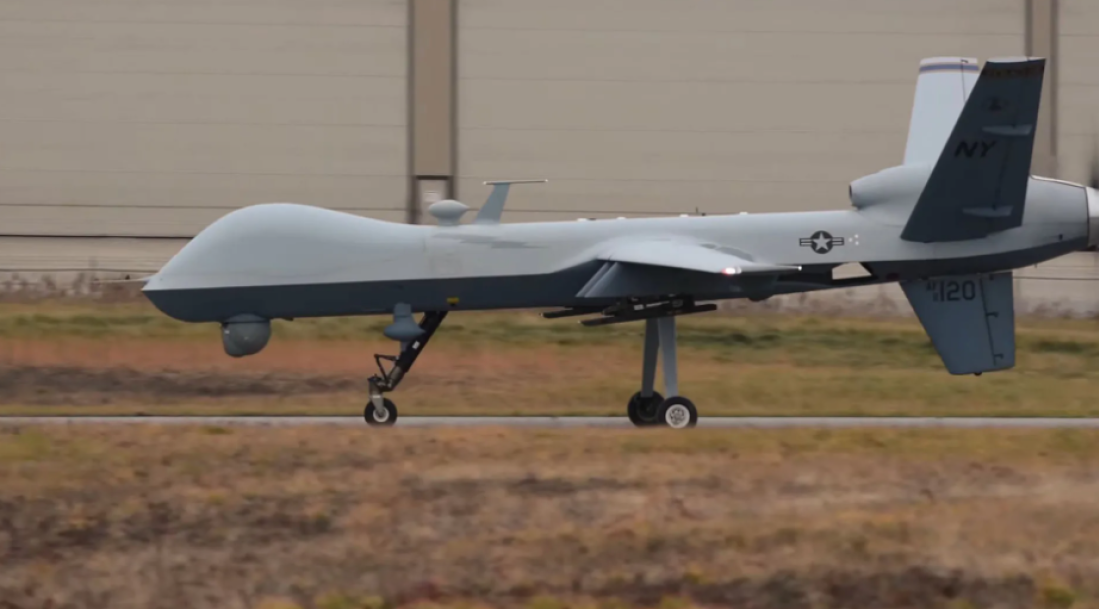
Designed by General Atomics Aeronautical Systems, the MQ-9 Reaper is a multi-mission UAV serving as both a reconnaissance platform and a precision strike asset.
Key Features:
2. Bayraktar TB2 (Türkiye)
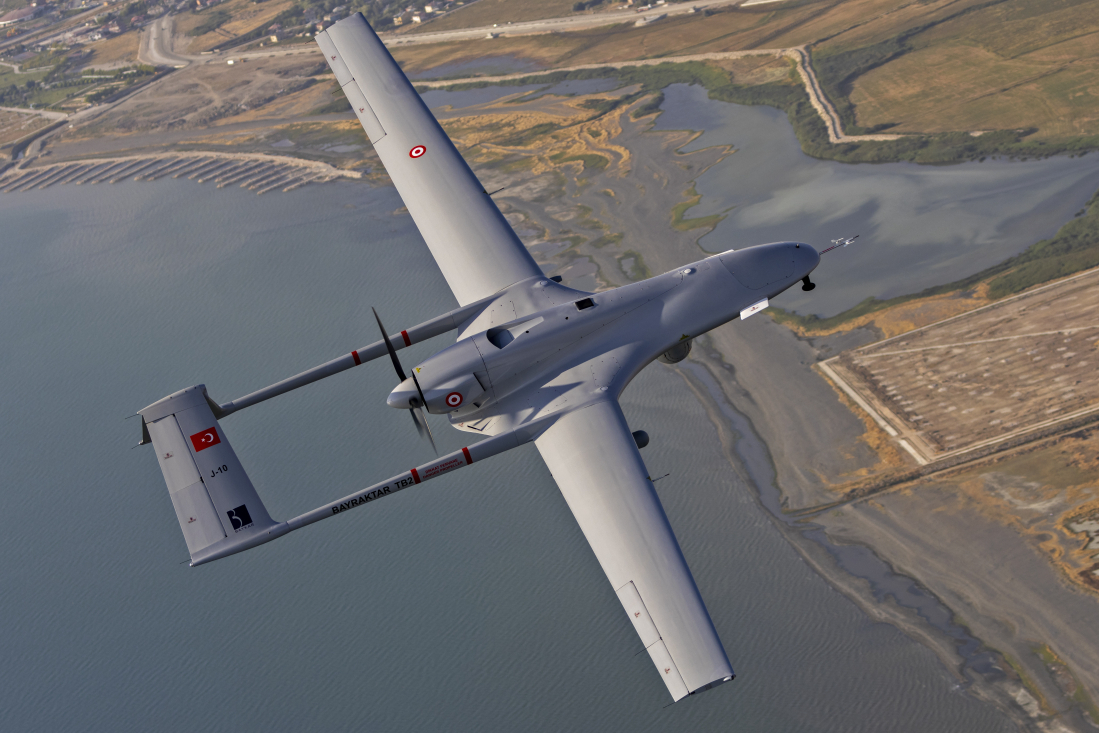
Developed by Baykar Technologies, the Bayraktar TB2 is known for its cost-effective performance and operational efficiency.
Key Features:
3. Wing Loong II (China)

China’s Chengdu Aircraft Industry Group developed the Wing Loong II as a multi-role UAV for reconnaissance and strike missions.
Key Features:
4. Heron TP (Israel)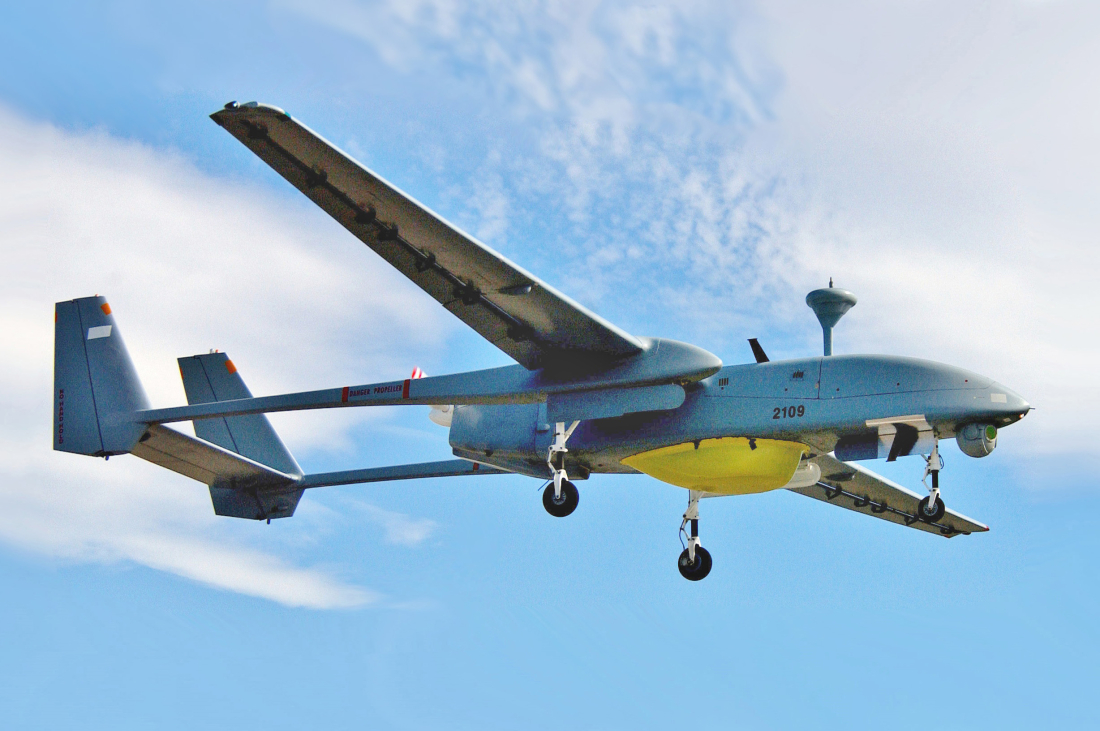
Israel Aerospace Industries’ Heron TP is a high-end UAV recognised for endurance, modular payloads, and reliability.
Key Features:
5. Kronshtadt Orion (Russia)

Also known as Inokhodets, the Orion is Russia’s medium-altitude, long-endurance (MALE) UAV designed for both reconnaissance and strike missions.
Key Features:
6. RQ-4 Global Hawk (USA)
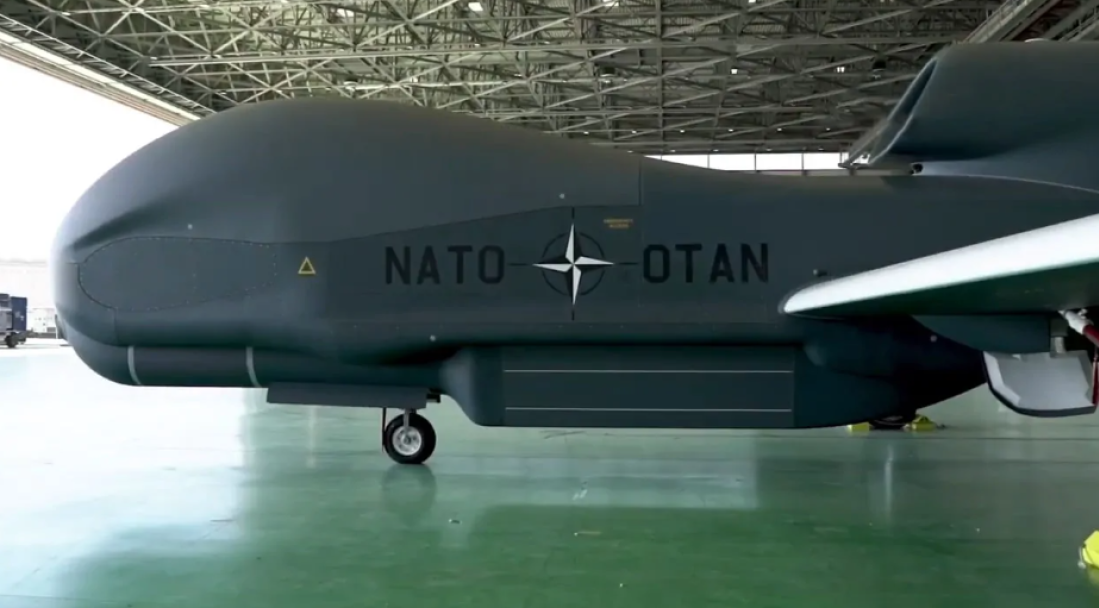
RQ-4 Global Hawk can fly at altitudes of up to 60,000 ft for more than 30 hours, making it one of the longest-endurance surveillance UAVs in the world.
Key Features:
7. EADS Barracuda (Germany)
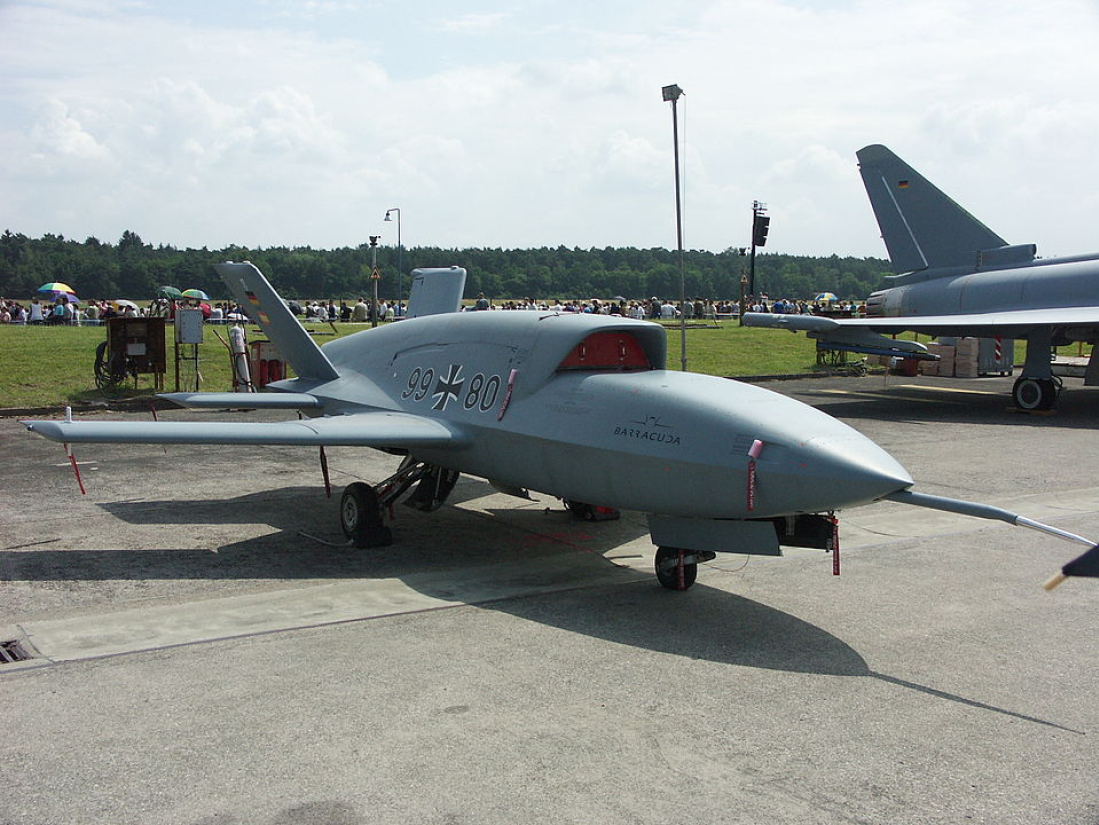
EADS Barracuda (Germany) an experimental stealth UAV capable of autonomous takeoff, mission execution, and landing, first flown in 2006 as part of Germany’s push into combat drone technology.
Key Features:
8. Taranis (UK)
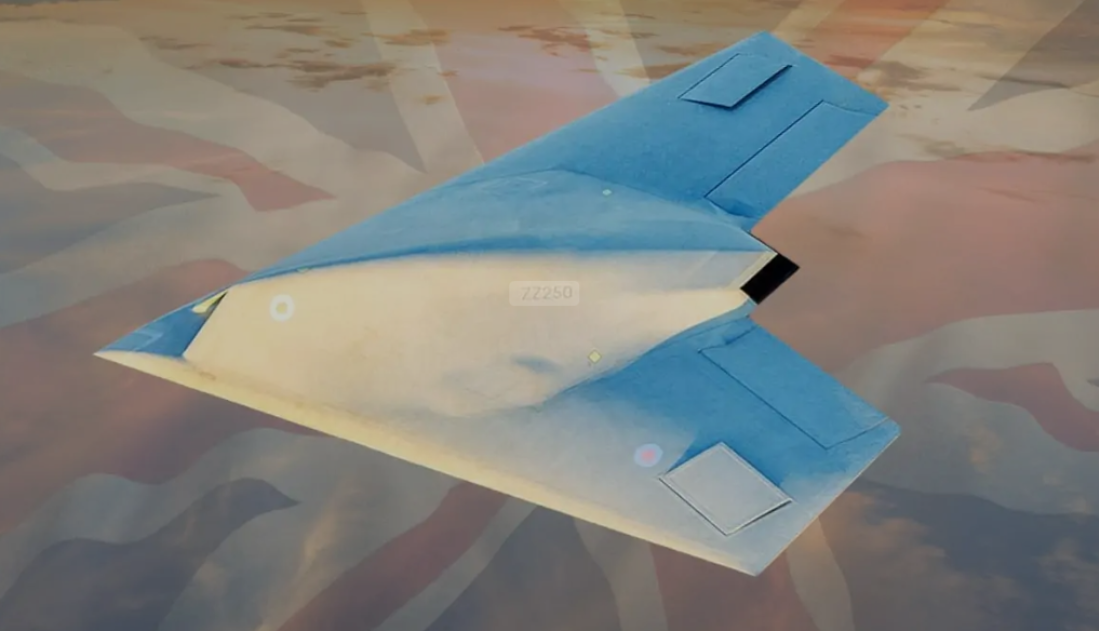
Taranis (UK) a stealth UCAV demonstrator developed by BAE Systems, first flown in 2013, designed to test autonomous strike capabilities and advanced low-observable technologies.
Key Features:
9. GJ-11 Sharp Sword (China)
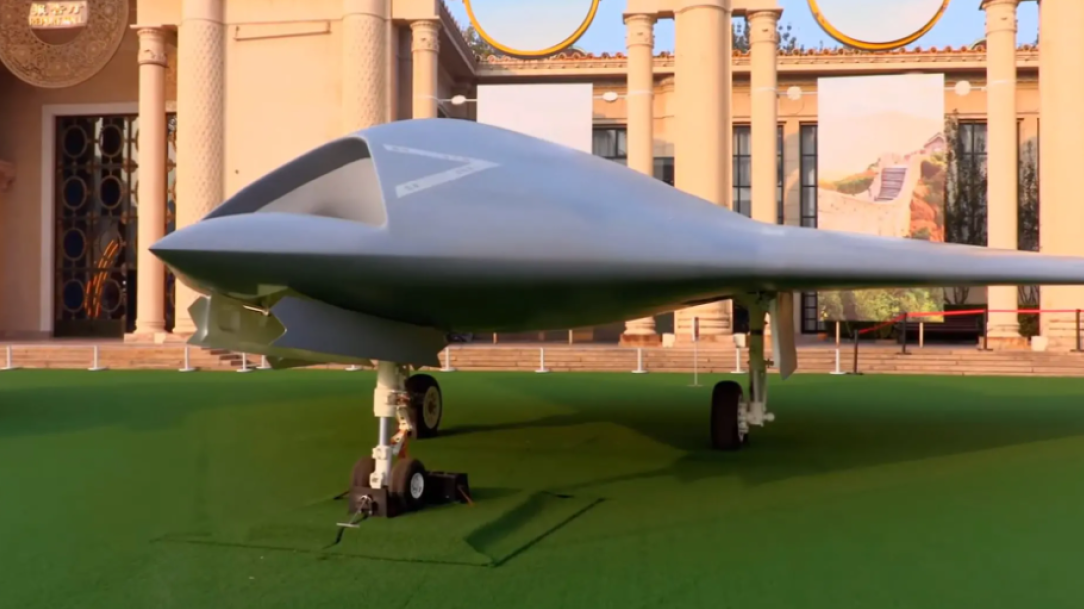
GJ-11 Sharp Sword (China) a stealth flying-wing UCAV unveiled in 2019, designed for precision strikes and reconnaissance, featuring an internal weapons bay and radar-evading profile.
Key Features:
10. Avenger / Predator C (USA)
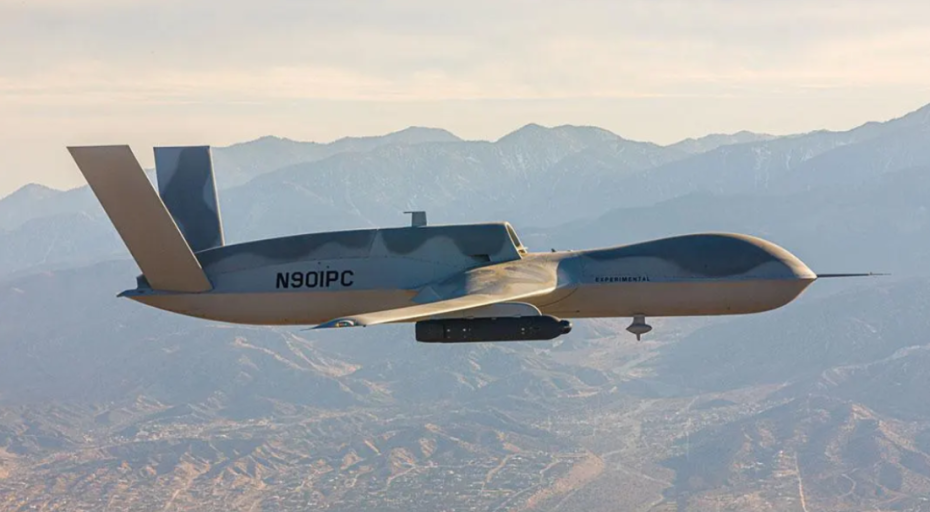
Avenger / Predator C (USA) a jet-powered successor to the MQ-9 Reaper, first flown in 2009, capable of carrying precision-guided munitions in an internal weapons bay while maintaining reduced radar signature.
Key Features:
11. TAI Anka (Türkiye)
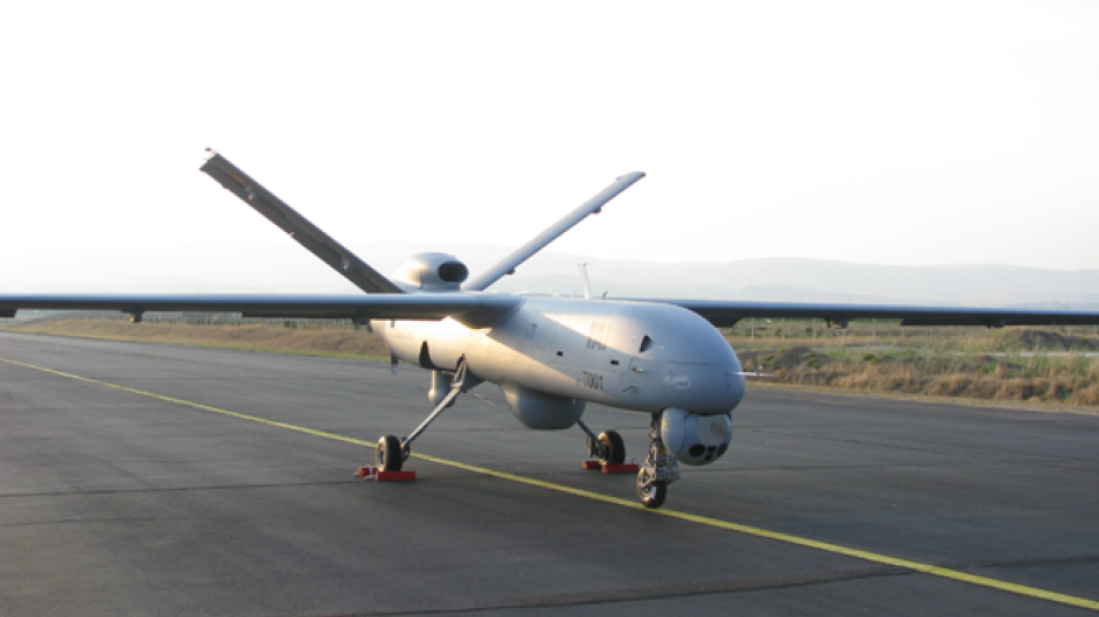
TAI Anka (Türkiye) a MALE UAV inducted in 2013, capable of 24-hour endurance at 30,000 ft, used for ISR, border surveillance, and precision strikes, showcasing Türkiye’s growing defence industry autonomy.
Key Features:
12. HESA Shahed 136 (Iran)
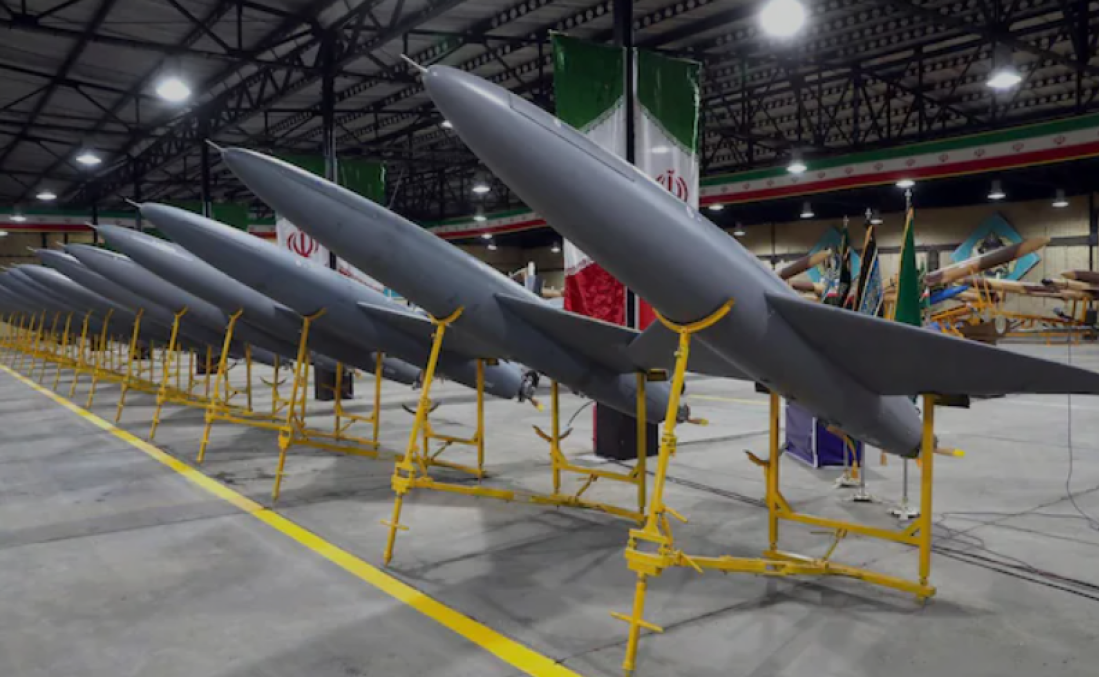
HESA Shahed-136 (Iran) a loitering munition with a range of up to 2,500 km, widely used in Ukraine (as Geran-2) for long-range strikes, symbolising Iran’s focus on low-cost asymmetric warfare.
Key Features:
Impact of Military Drones on Modern Warfare
1. Enhanced Surveillance & Intelligence
2. Precision Strikes & Target Elimination
3. Cost-Effective Military Operations
4. Psychological & Strategic Effects
5. Challenges & Ethical Considerations
The Bottom Line
Military drones are now central to modern warfare, combining endurance, precision, stealth, and autonomous capabilities. Leading platforms from the U.S., China, Türkiye, Germany, and the UK showcase global innovation in ISR, combat, and strategic influence. As UAV technology evolves, drones will continue to redefine military strategy, operational planning, and global security dynamics.
A 7.0 magnitude earthquake struck offshore near Taiwan’s north-eastern county of Yilan late on Saturday, shaking buildings across the island, including in the capital Taipei, authorities said.
Brigitte Bardot, the French actress whose barefoot mambo in And God Created Woman propelled her to international fame and reshaped female sexuality on screen, has died at the age of 91, her foundation said on Sunday.
Iran is engaged in a “comprehensive war” with the United States, Israel, and Europe, Iranian President Masoud Pezeshkian stated on Saturday.
Japan’s tourism sector has experienced a slowdown after China’s government advised its citizens to reconsider travel to Japan, following remarks by Prime Minister Sanae Takaichi regarding Taiwan.
Venezuelan President Nicolás Maduro on Sunday praised the country’s armed forces as “invincible warriors” during a year-end ceremony honouring the Bolivarian National Armed Forces, held in the coastal city of La Guaira.
Israeli Prime Minister Benjamin Netanyahu is expected to try to persuade U.S. President Donald Trump to allow strikes on Iran’s missile facilities, when the two meet today in Florida.
Roman Abramovich, the Russian billionaire and former Chelsea Football Club owner, has assembled a “top tier” legal team, including a former White House advisor, as he prepares for a legal battle in Jersey.
Chinese nuclear experts have suggested that Japan, with its advanced nuclear technology infrastructure, could potentially build nuclear weapons in less than three years.
Start your day informed with AnewZ Morning Brief: here are the top news stories for the 29th of December, covering the latest developments you need to know.
North Korean leader Kim Jong Un oversaw the launch of long-range strategic cruise missiles on Sunday, in what state media described as a test confirming the country’s nuclear deterrent and readiness to respond to security threats.
You can download the AnewZ application from Play Store and the App Store.

What is your opinion on this topic?
Leave the first comment